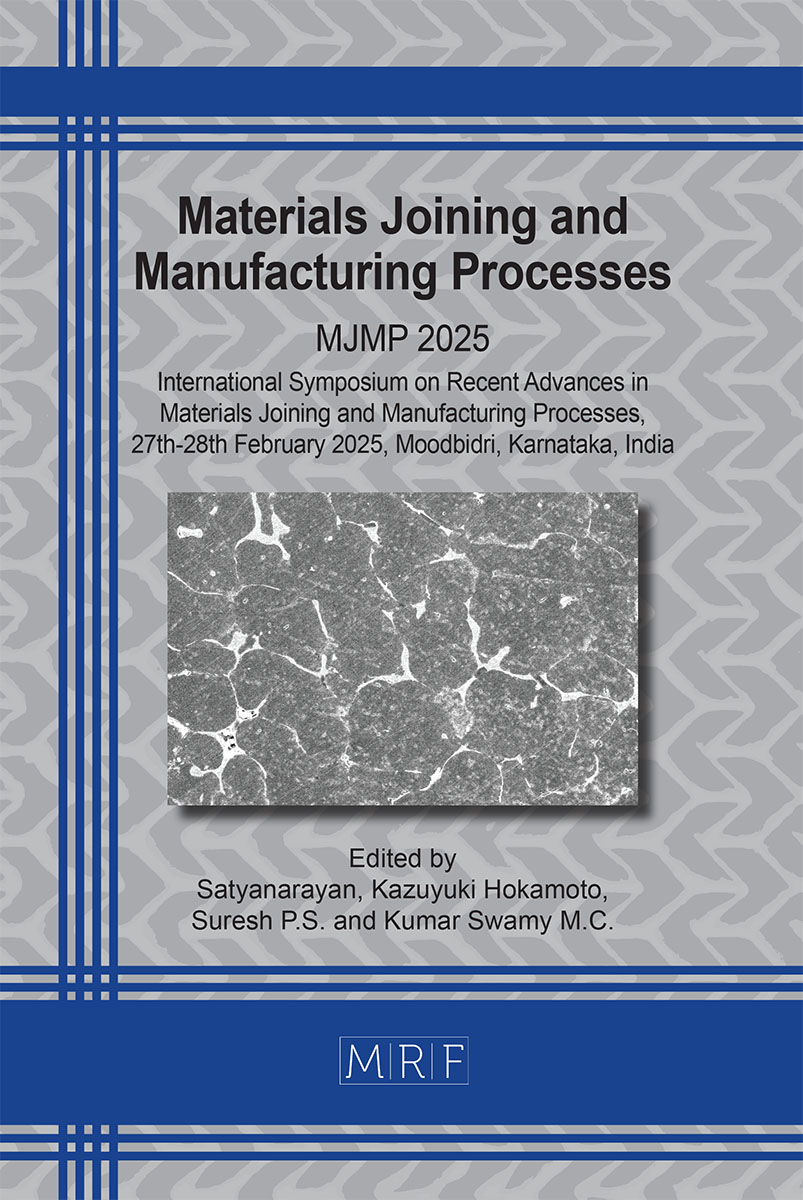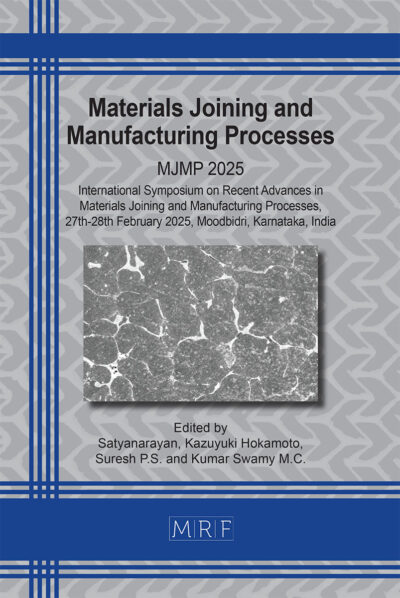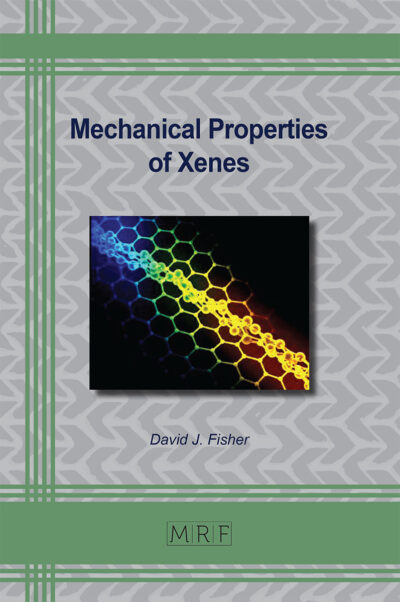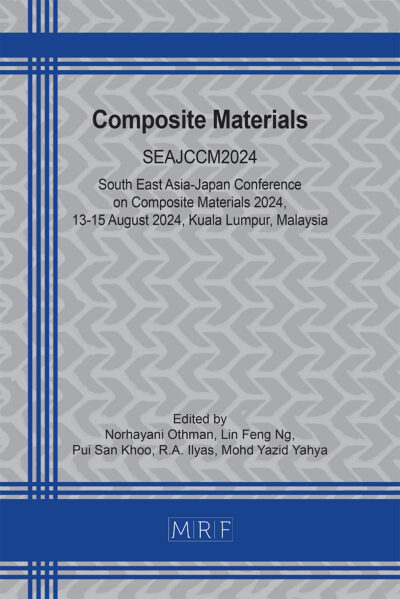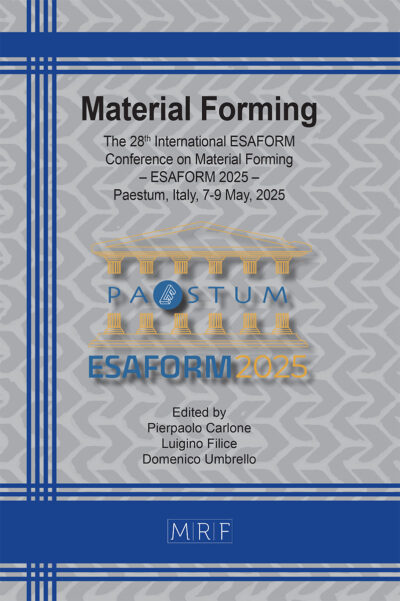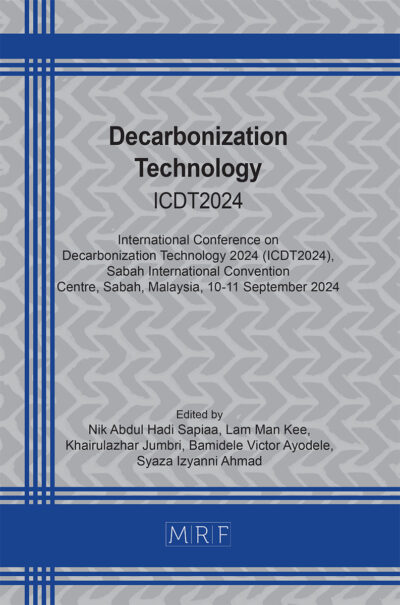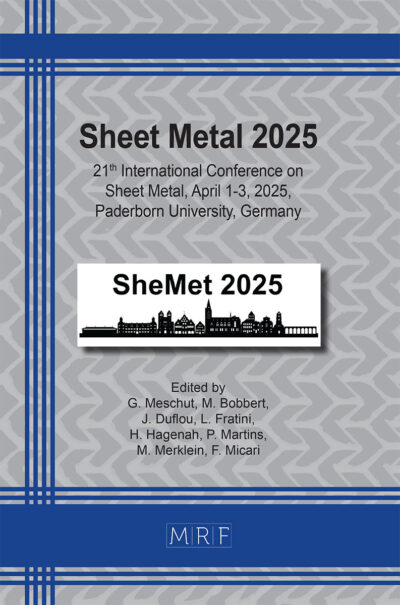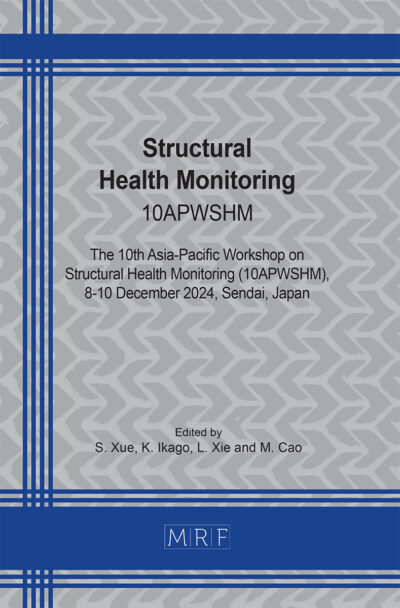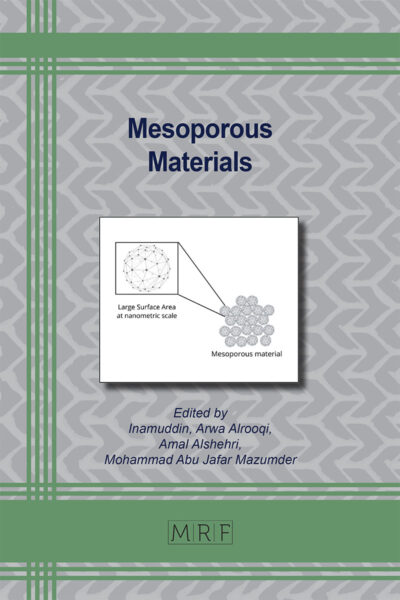Characterization and thermal performance of Sn-Bi alloy used as a thermal interface material
Kumar Swamy M.C., Satyanarayan
Abstract. The growing demand for efficient heat dissipation in electronic devices necessitates the development of high-performance TIMs with superior thermal conductivity and mechanical stability. Sn-Bi alloys, known for their low melting points and good wettability, offer alternatives to conventional TIMs. The present study focuses on the microstructural studies, thermal conductivity, hardness and interfacial resistance of Sn-40Bi (alloy 1), Bi-42Sn (alloy 2) and Bi-30.8Sn-29.8Pb (alloy 3) for thermal management applications. Different thicknesses of Sn-Bi and Bi-Sn-Pb alloys were preferred and further, the results are compared. Differential scanning calorimetry (DSC), and scanning electron microscopy (SEM), were used to characterise the alloys. The findings provide insights into the feasibility of Sn-Bi alloys as efficient TIMs. TIM specimen of thickness 0.5 mm exhibited lowest value of TCR for all the alloys. Sn‒40Bi thermal interface alloy exhibited better thermal performance compared to Bi‒42Sn and Bi‒30.8Sn‒29.8Pb.
Keywords
Thermal Interface Material (TIM), Thermal Contact Resistance (TCR), Micro Hardness, Micro Structure
Published online 6/1/2025, 8 pages
Copyright © 2025 by the author(s)
Published under license by Materials Research Forum LLC., Millersville PA, USA
Citation: Kumar Swamy M.C., Satyanarayan, Characterization and thermal performance of Sn-Bi alloy used as a thermal interface material, Materials Research Proceedings, Vol. 55, pp 148-155, 2025
DOI: https://doi.org/10.21741/9781644903612-22
The article was published as article 22 of the book Materials Joining and Manufacturing Processes
![]() Content from this work may be used under the terms of the Creative Commons Attribution 3.0 license. Any further distribution of this work must maintain attribution to the author(s) and the title of the work, journal citation and DOI.
Content from this work may be used under the terms of the Creative Commons Attribution 3.0 license. Any further distribution of this work must maintain attribution to the author(s) and the title of the work, journal citation and DOI.
References
[1] M.C. Kumar Swamy and Satyanarayan, “A Review of the Performance and Characterization of Conventional and Promising Thermal Interface Materials for Electronic Package Applications”, J. Electron. Mater, 48 (12) (2019) 2019. https://doi.org/10.1007/s11664-019-07623-7
[2] M.C. Kumar Swamy and Satyanarayan, “Study on thermal resistance of brass with and without coating of metallic surface”, Mater. Today Proc., 35 (2021) 335–339. https://doi.org/10.1007/s11664-019-07623-7.
[3] V.V. Andra´s, Z. Sa´rka´ny, and M. Rencz, Characterization method for thermal interface materials imitating an in-situ environment, Microelectron. J.43, 661 (2012). https://doi.org/10.1016/j.mejo.2011.06.013
[4] M. Grujicic, C.L. Zhao, E.C. Dusel, The effect of thermal contact resistance on heat management in the electronic packaging, Appl. Surf. Sci. 246 (2005) 290–302.https://doi.org/10.1016/j.apsusc.2004.11.030
[5] J. Due, A. J. Robinson, Reliability of thermal interface materials: A review, Appl. Therm. Eng., 50(1) (2013): 455-463.https://doi.org/10.1016/j.applthermaleng.2012.06.013
[6] W. X. Chu, M. Khatiwada, C. C. Wang, Investigations regarding the influence of soft metal and low melting temperature alloy on thermal contact resistance, Int. Commun. Heat Mass Transfer, 116, p.104626.https://doi.org/10.1016/j.icheatmasstransfer.2020.104626
[7] C.K. Roy, S. Bhavnani, M.C. Hamilton, R.W. Johnson, R.W. Knight, D.K. Harris, Thermal performance of low melting temperature alloys at the interface between dissimilar materials, Appl. Therm. Eng. 99, 72–79 (2016) https://doi.org/10.1016/j.applthermaleng.2016.01.036
[8] C.G. Macris, T.R. Sanderson, R.G. Ebel, C.B. Leyerle, Performance, Reliability, and Approaches Using a Low Melt Alloy as a Thermal Interface Material, Proceedings IMAPS. 2004. Available from: https://enerdynesolutions.com/downloads/imaps_2004_man.pdf
[9] E. Yang, H. Guo, J. Guo, J. Shang, M. Wang, Thermal performance of low-melting-temperature alloy thermal interface materials, Acta Metall. Sin. Engl. Lett. 27 (2) (2014) 290–294https://doi.org/10.1007/s40195-014-0042-6
[10] R. D. Pathumudy, K. N. Prabhu, Thermal interface materials for cooling microelectronic systems: present status and future challenges, J. Mater. Sci. – Mater. Electron. 32 (2021): 11339-11366. https://doi.org/10.1007/s10854-021-05635-w
[11] S. C. Britton, ‘Tin and Tin Alloys’, Corros. Third Ed., vol. 1, pp. 4:157-4:167, 2013, https://doi.org/10.1016/B978-0-08-052351-4.50048-0
[12] H. R. Kotadia, P. D. Howes, and S. H. Mannan, ‘A review: On the development of low melting temperature Pb-free solders’, Microelectron. Reliab., vol. 54, no. 6–7, pp. 1253–1273, 2014, https://doi.org/10.1016/j.microrel.2014.02.025
[13] P. Das, S. Bathula, and S. Gollapudi, ‘Evaluating the effect of grain size distribution on thermal conductivity of thermoelectric materials’, Nano Express, vol. 1, no. 2, 2020, https://doi.org/10.1088/2632-959X/abb43f

